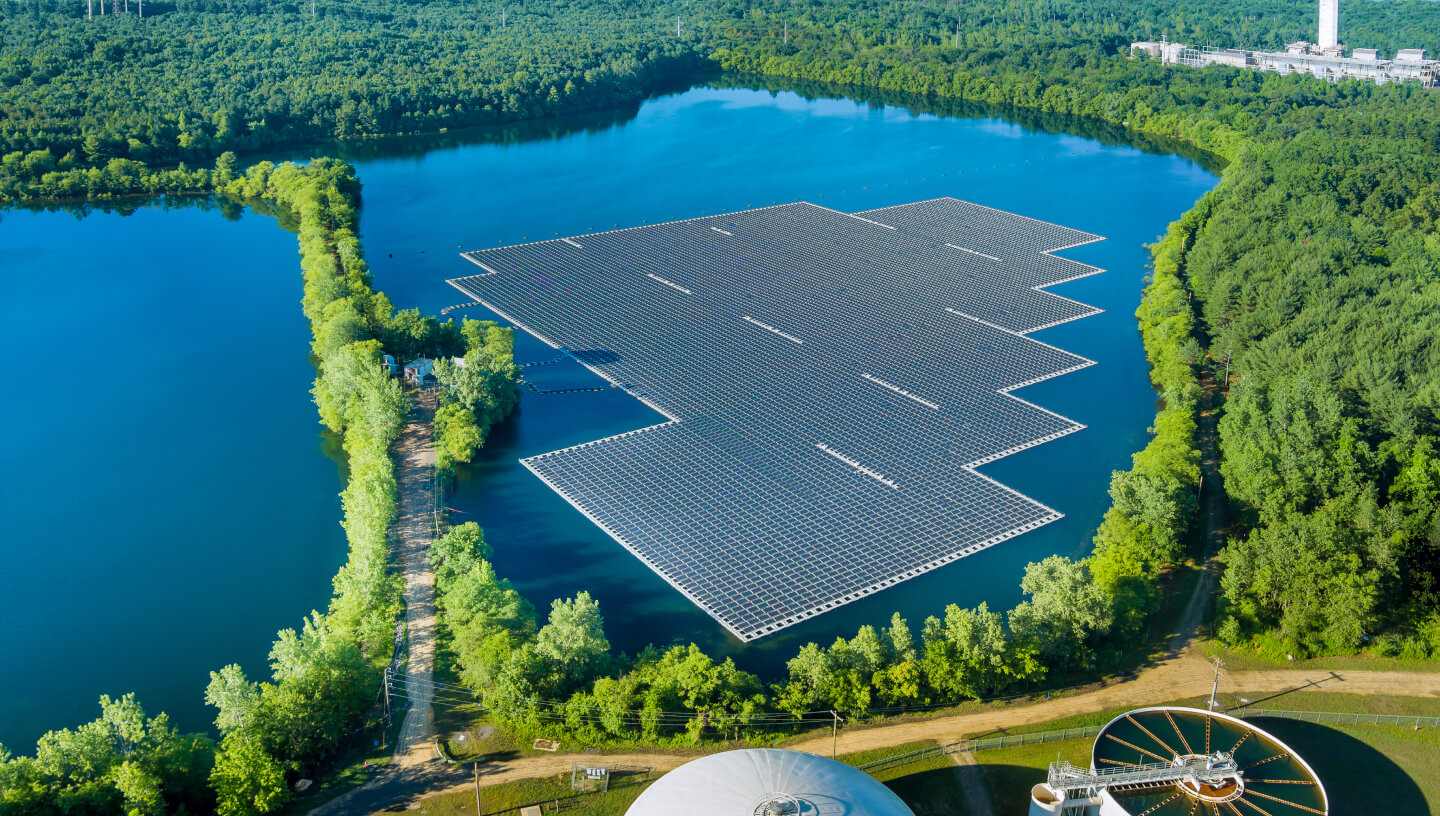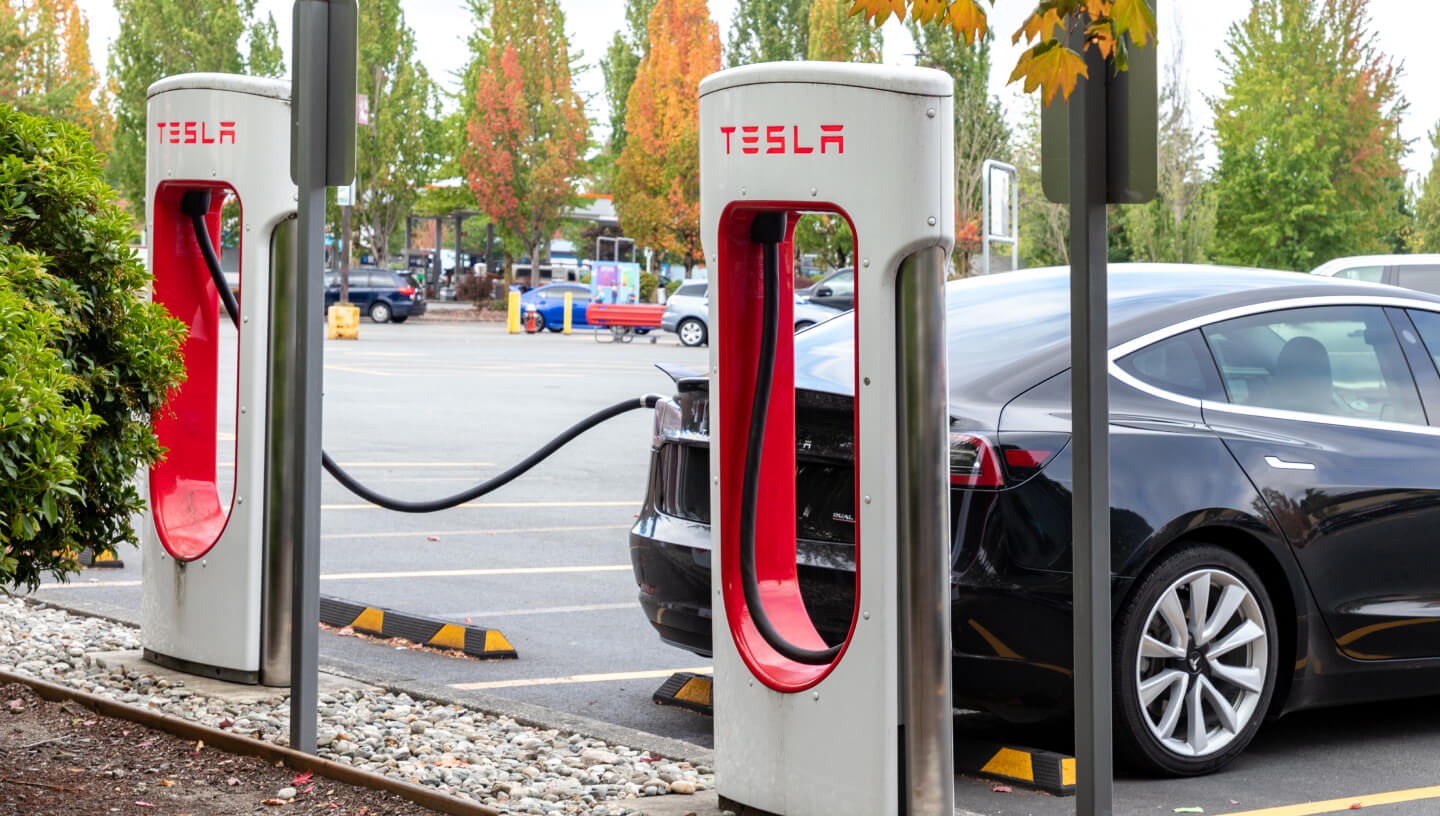Countries around the world devote resources each year to combating global warming and its devastating effects. But this is not enough to prevent a climate catastrophe. In Russia, for example, to successfully implement the National Ecology Project, 3.2 trillion roubles must come from extra-budgetary sources But are investors willing to invest in the future of the planet?
Delay is unacceptable
The International Energy Agency (IEA) calls for investment in renewable energy and environmental solutions to be at least tripled by 2030. This is to ensure that the fight against climate change is truly effective and avoids irreversible consequences. If ESG investment remains at current levels, global temperatures will rise by 2.5 °C by 2100 — a point many climate scientists call the ‘point of no return’.
The European Commission estimates that the minimum investment needed to cut greenhouse gas emissions by 40 percent by 2030 (compared to 1990 levels) is €260 billion a year for 10 years. In addition, funds are needed to deal with the consequences of rising global temperatures.
 Photo by: photovs / iStock
Photo by: photovs / iStock
Profit, reputation, helping the planet
Previously, there was a bias towards ESG investing: many investors did not believe that high returns were to be expected in this area. Investments in the environment were perceived as charity rather than as a way to increase capital. But these fears have not been borne out: according to research by data-analytics company Morningstar, ESG funds are generating returns on a par with or even exceed those of traditional destinations. Also, during the pandemic, when the economy “hit a turbulent zone”, their performance was more stable.
ESG assets grew by more than 60% in 2021. Climate change has been an important catalyst for this sector. Firstly, the impact of global warming is hard to ignore — it is noticeable anywhere on the planet: both in the desert and among the permafrost. And secondly, the financing of renewable energies is now available — it can be chosen by investors who are looking for quick and concrete results. By financing renewables, the cost of alternative energy has come down, providing an example of how ESG investment can address environmental issues and generate returns at the same time.
The ESG agenda is not only about investments, but also about philanthropy, as some tasks can only be solved through donations. For example, one can help people affected by natural disasters caused by global warming — floods, droughts, fires — or donate to eliminate rubbish islands in the world’s oceans. Such philanthropy benefits the investor far more than meets the eye.
ESG funding, even if it is gratuitous, has a positive effect on reputation, a factor without which the development of a personal brand and profitable projects is almost impossible. An entrepreneur whose values coincide with those of society has a significant competitive advantage. That’s why even the world’s most successful investors donate some of their capital for sustainable development goals, knowing that they will receive more than material profit in return..
The rise in popularity of green investments in numbers
According to a 2022 survey by US-based Capital Group, 28% of global investors say ESG is central to their financial strategy. That’s up 3% from a year ago. 34% of survey participants said they understand the importance of the green agenda, while another 29% said they try to live up to it. 10% of investors chose to stay away from ESG, with the remaining 1% opposed.
The leader of the ESG sector is Europe. 93% of European investors are investing in sustainability. Survey participants said that this has become a necessity, linked primarily to customer expectations and the need to maintain a good reputation. Concerns about climate change also play an important role.
The most popular ESG assets are equities (80%) and bonds (58%). In addition, alternative investments (such as buying stakes in non-public companies), real estate and commodities have increased in popularity.
 Photo by: photovs / iStock
Photo by: photovs / iStock
Investing in the environment: the example of the world’s richest people
Anyone with disposable income can invest in solving environmental problems. Below is an example of sustainability-related projects in which renowned investors have invested.
Elon Musk
Forbes‘ richest man successfully combines running a business with taking care of climate well-being. In 2004, he invested $6.5 million of his own money in Tesla and became chairman of its board of directors. At the time, Tesla was just a small start-up, not making a profit, but Musk believed that electric cars would help the US, and then the world, to get rid of oil dependence. His predictions are slowly coming true. What’s more, these days battery-powered cars have become not just a tribute to the environment, but a way of underlining one’s stance on life.
Another of Ilon Musk’s passions is space, and there’s a lot of concern for the environment there, too. The entrepreneur has financed the creation of technology that makes it possible to reuse elements of launch vehicles. Before that, rocket boosters and fuel tanks burned up in the Earth’s atmosphere or ended up at the bottom of the ocean. SpaceX, a company owned by Ilon Musk, has shown on its own example that these parts can be reused more than 20 times. SpaceX has also reusable spacecraft designed to transport astronauts to the ISS. The company also monitors CO2 emissions from rocket launches. Falcon launch vehicles run on paraffin and oxygen, which has reduced their carbon footprint.
Elon Musk has also invested in SolarCity, a manufacturer of solar panels that can be installed on the roofs of buildings. Of course, solar-generating modules cannot be called innovation. But SolarCity has perfected the process of manufacturing, assembling and installing them. All this has brought the world closer to a new reality — solar panels on the roof of every house and a rejection of traditional electricity.
And Musk has also given $100 million to the disruptive innovation fund XPrize. The money will go to whoever comes up with the best solution to reduce annual carbon dioxide emissions by 10 gigatons by 2050.
Jeff Bezos
Jeff Bezos has been ranked as the second richest man in the world by Forbes. He has also set up the Bezos Earth Fund, whose main purpose is to combat rising global temperatures. The billionaire has called for “protecting the Earth” and has set aside $10 billion to fund the work of scientists, non-profit organisations and ordinary people, whose initiatives help preserve nature and slow global warming. These funds are to be spent by 2030, with $1.54 billion already spent.
The Bezos Earth Fund was launched in 2020. At the time, Jeff Bezos’s fortune was estimated at $130 billion, so the foundation’s capital was about 8% of his personal wealth. By comparison, in 2018 all of the world’s charitable foundations raised about $1 billion to fight climate change, which is 10 times less.
Examples of programmes funded by the Bezos Foundation:
Transforming agriculture in India — budget of $33.33 million
Farmers in the two Indian states of Haryana and Punjab, north of Delhi, burn about 12 million tonnes of rice and wheat stalks every year after harvesting. These activities account for half of the CO2 and other pollutants that pollute Delhi’s air. The fund promotes shifting to regenerative farming methods on farms. For example, crop residues may not be incinerated but instead treated with microbiological products that turn straw into natural fertilizer and kill pathogens.
Promoting ‘green’ cement and steel — $12.5 million budget.
The traditional way of producing cement and steel causes about 6 gigatons of CO2 emissions per year. Valérie Masson-Delmotte of the Intergovernmental Panel on Climate Change points out that the carbon footprint of cement has a greater impact on the planet’s climate than all the emissions produced by the European Union or India. Today’s industry is focusing on the production of environmentally friendly materials. For example, the French start-up Hoffman Green Cement produces cement from waste — ash, blast furnace slag and clay strain. This area is just beginning to develop, and the financial support of the foundation is speeding up the process.
And Jeff Bezos has also invested $200 million in Plenty, a start-up specialising in urban vertical farms. Such installations take up minimal space and save water. Plenty farms can operate anywhere in the world, even in arid countries in Africa, where people suffer from a shortage of food and clean drinking water.
Author: Vera Zhikhareva
Cover photo: Don White / iStock








Comments